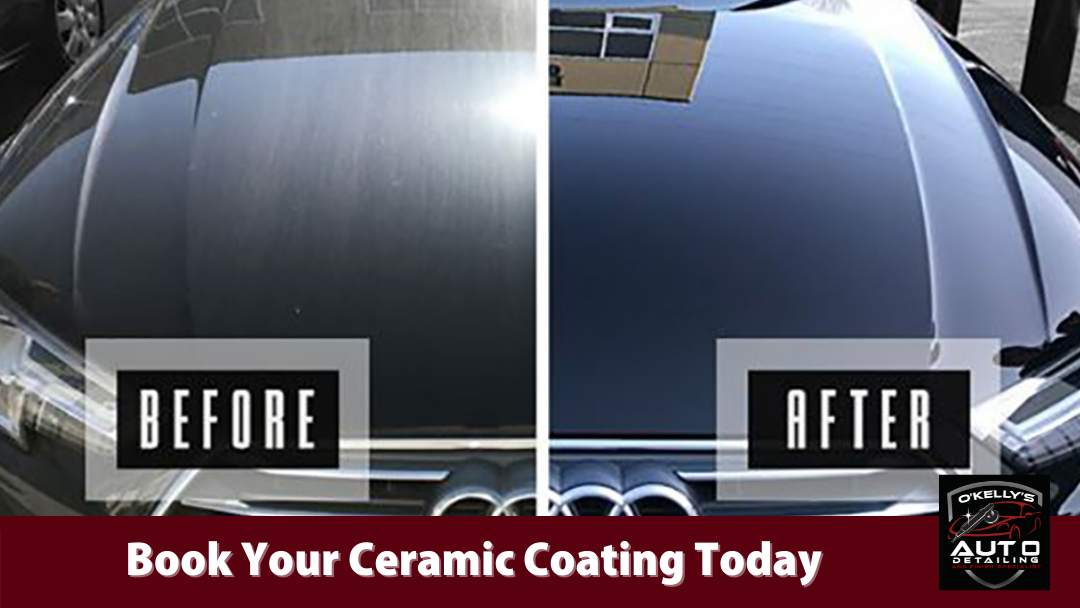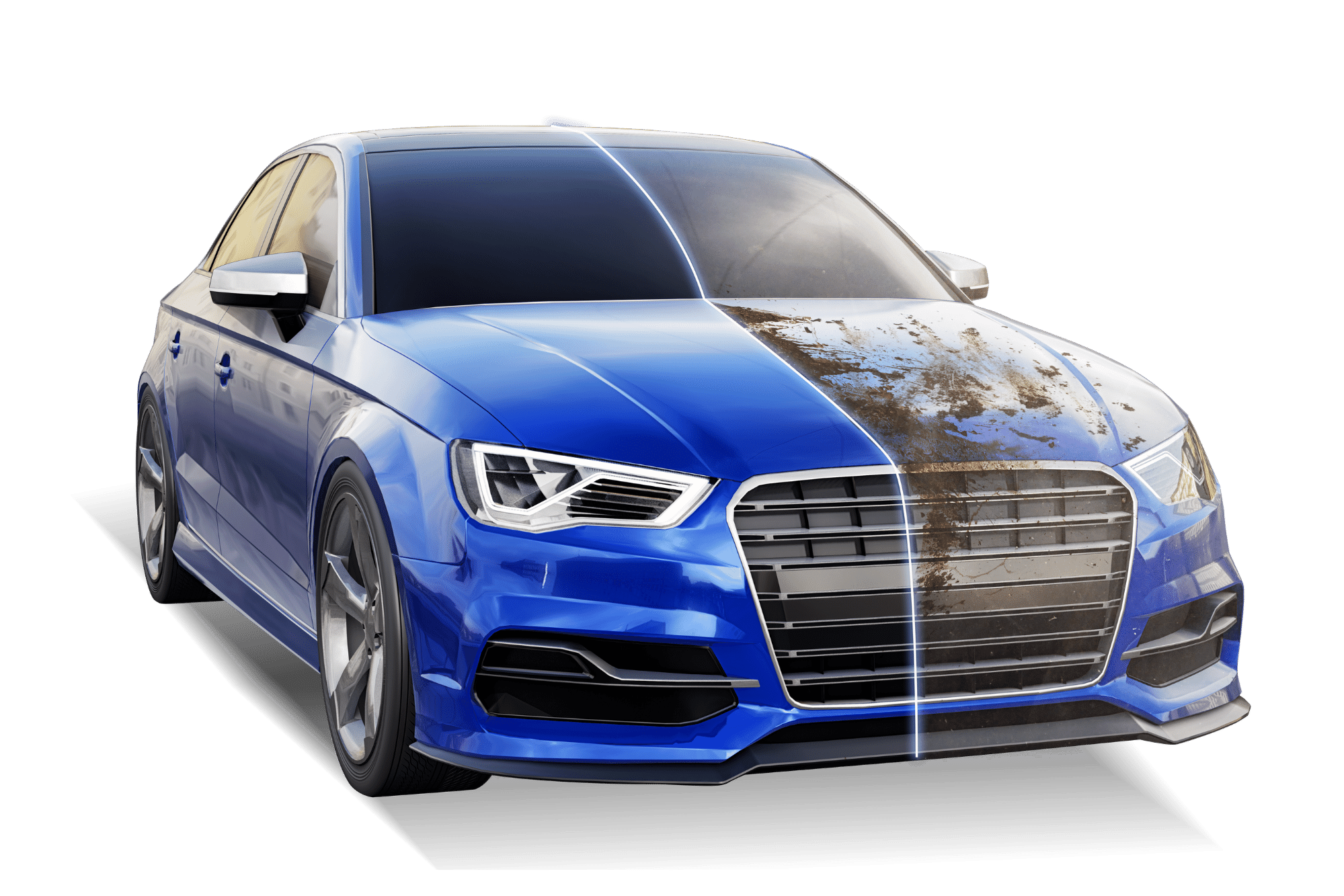A Comprehensive Guide to the Kinds Of Ceramic Layer on the marketplace
Ceramic finishings have actually become an essential solution across different sectors due to their distinct buildings and applications. From silica-based formulations understood for their effectiveness to crossbreed alternatives that combine numerous benefits, the choices available can be overwhelming. Recognizing the subtleties of each kind, including their particular benefits and excellent usage cases, is crucial for making educated decisions. As we check out the unique characteristics and applications of these finishes, the effects for efficiency and longevity become progressively apparent, elevating questions concerning which type could ideal match your needs.
Recognizing Ceramic Coatings
Ceramic finishings are innovative protective options that have gained popularity in different industries, especially in aerospace and vehicle applications. These coverings consist of a fluid polymer that, when treated, creates a resilient, hydrophobic layer on the surface of the substrate. This layer supplies enhanced resistance to environmental contaminants, UV radiation, and chemical direct exposure, consequently expanding the life and visual charm of the underlying product.
The basic component of ceramic finishes is silica, which contributes to their hardness and resilience. The application process typically includes surface area preparation, application of the finish, and healing, which can be attained via heat or UV light. When healed, ceramic finishings display remarkable bonding residential properties, enabling them to adhere highly to a selection of surface areas, including steels, plastics, and glass.
In addition to their safety functions, ceramic finishings likewise supply simplicity of maintenance. Their hydrophobic nature minimizes the adherence of dirt and gunk, making cleaning simpler and much less frequent. On the whole, the adoption of ceramic layers represents a considerable advancement in surface defense innovation, providing both visual and useful benefits across multiple industries.
Kinds Of Ceramic Coatings
Different kinds of ceramic finishes are offered, each developed to satisfy certain efficiency needs and applications. The most typical kinds include:
Silica-based Coatings, these coatings mostly include silicon dioxide and are recognized for their resilience and chemical resistance. They are extensively used in industrial and vehicle applications.
Titanium Dioxide Coatings: Distinguished for their photocatalytic buildings, titanium dioxide finishes are usually applied in settings where self-cleaning and antifungal buildings are desirable, such as in structure materials and automobile finishes.
Zirconia Coatings are identified by their high-temperature security and thermal resistance, zirconia coatings are utilized in applications such as generator engines and high-performance auto parts.
Alumina Coatings, Displaying superb solidity and thermal stability, alumina coatings are often utilized in wear-resistant applications, including reducing devices and commercial machinery.
Hybrid Coatings:Incorporating the homes of different products, hybrid layers supply enhanced efficiency features, making them appropriate for special and requiring applications.
Each kind of ceramic coating serves distinct purposes, permitting users to select the most ideal service based upon particular ecological problems and efficiency requirements.
Advantages of Ceramic Coatings

Along with resilience, ceramic coatings give excellent hydrophobic residential or commercial properties, enabling very easy cleansing and upkeep. This water-repellent nature minimizes the adherence of dirt, crud, and various other pollutants, which can extend the aesthetic allure and performance of the surface. Additionally, ceramic layers can considerably enhance thermal resistance, making them ideal for applications that withstand high temperatures.
Ceramic coatings can add to energy performance by mirroring warm, which is especially useful in commercial and vehicle settings. Generally, the numerous benefits of ceramic coatings make them a useful financial investment for various applications, making sure optimal efficiency and defense.
Application Process
When applying ceramic coatings, a thorough approach is vital to achieve optimum results. The application procedure commonly starts with detailed surface area prep work. This entails washing, sanitizing, and brightening the surface area to eliminate all pollutants, including dust, grease, and prior waxes or sealants. A tidy surface ensures correct attachment of the coating.
When the surface is prepped, the next step is to use the ceramic finishing. The finish needs to be applied in slim layers, as thicker applications can lead to irregular coatings.
After application, the layer needs a certain curing time, commonly ranging from a couple of hours to a complete day, relying on the product. During this time, it is vital to prevent her response direct exposure to dampness or pollutants. Ultimately, a mild buffing might be needed after healing to enhance the gloss and eliminate any type of high areas. Adhering to these steps diligently will optimize the efficiency and long life of the ceramic finishing, providing a sturdy safety layer for the surface.
Maintenance and Durability
To ensure the long life and effectiveness of a ceramic layer, routine upkeep is important. Ceramic finishes, understood for their resilience and protective qualities, need certain care routines to maximize their life expectancy and efficiency. The initial step in upkeep includes regular washing with pH-neutral soap, staying clear of severe chemicals that can break down the coating. It is a good idea to clean the vehicle routinely, preferably every 2 weeks, to stop the buildup of contaminants that can endanger the layer's honesty.
In addition to routine cleaning, regular assessments are critical. Look for indicators of wear or damage, such as hydrophobic buildings diminishing or surface blemishes. If required, a light polish might be related to invigorate the finish without removing it away.
Additionally, the application of a booster spray can enhance the finish's hydrophobic results and restore its gloss. This is why not find out more particularly beneficial for finishings that have remained in usage for an extensive duration. Inevitably, by adhering to these maintenance practices, one can significantly prolong the life of a ceramic finish, ensuring that it remains to provide optimal defense versus environmental variables and maintain the visual allure of the automobile.

Verdict
To conclude, ceramic coatings represent a versatile solution for a series of applications, offering a range of types such as silica, titanium alumina, dioxide, and zirconia. Each kind provides distinctive benefits, including resilience, self-cleaning properties, high-temperature stability, and use resistance. The application process and continuous maintenance play critical functions in optimizing the durability and performance of these coatings. In general, ceramic layers contribute substantially to boosting the sturdiness and capability of different surface areas throughout multiple sectors.
Ceramic finishings have actually arised as a pivotal service throughout numerous industries due to their distinct residential or commercial properties and applications.Ceramic layers are advanced safety remedies that have actually obtained appeal in various sectors, especially in aerospace and automotive applications. Ceramic coverings can substantially improve thermal resistance, making them ideal for applications that sustain high temperatures.
Generally, the countless advantages of ceramic finishes make them a beneficial investment for various applications, making certain ideal efficiency and protection.
In final thought, ceramic finishes visit our website represent a flexible service for an array of applications, using a range of kinds such as silica, titanium dioxide, zirconia, and alumina.